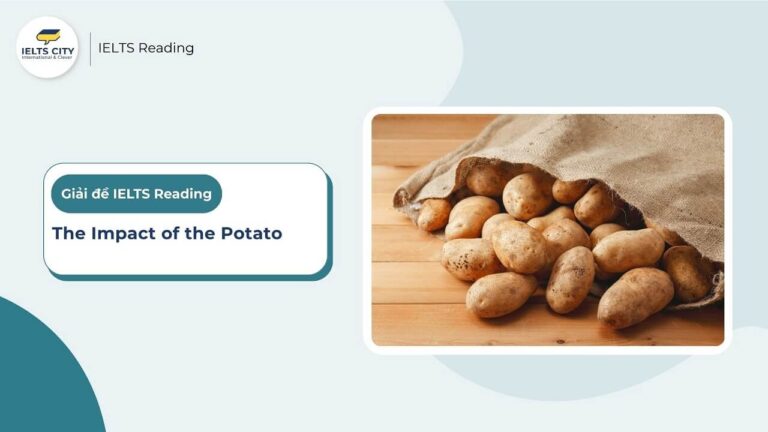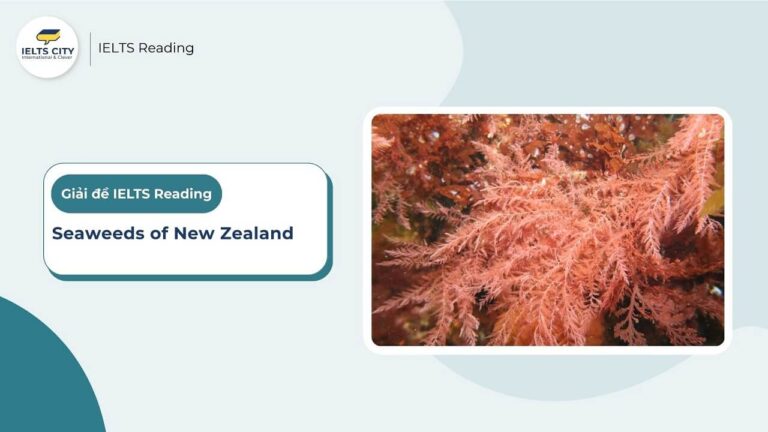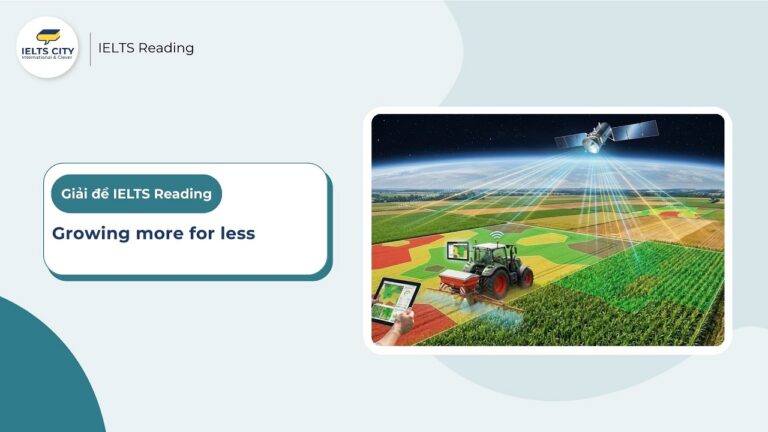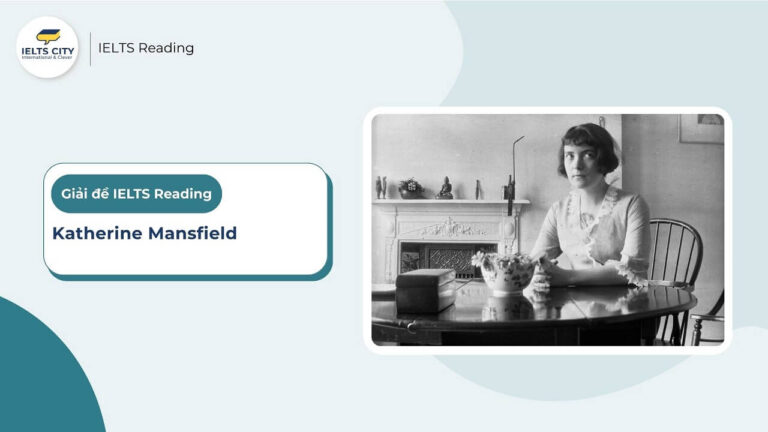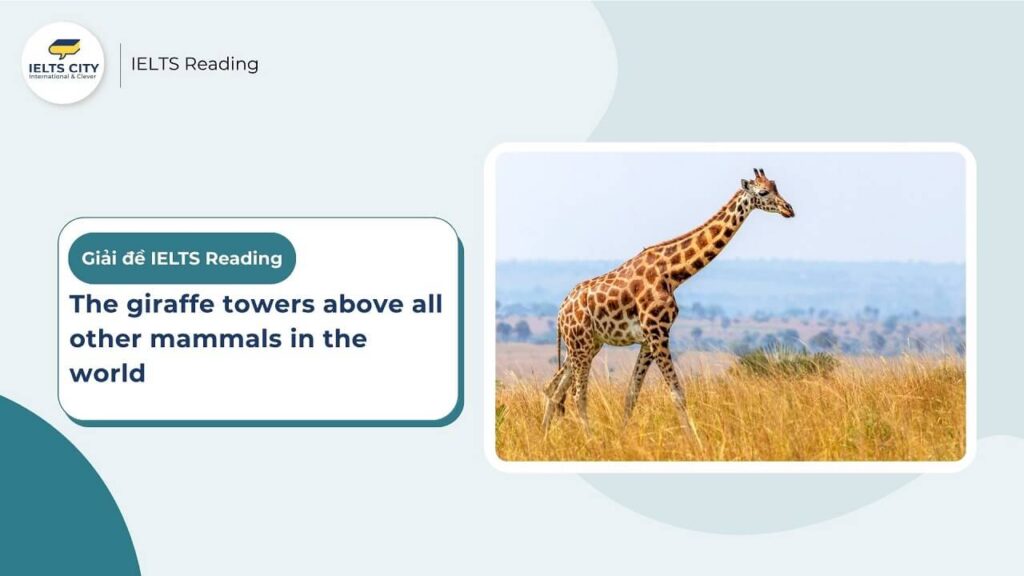
Nội dung chính
ToggleBài đọc
The giraffe towers above all other mammals in the world
Roaming the African grasslands on long, thin legs, an adult male can reach a maximum height of sixmetres. But only about half of that height comes from its lower body – the rest is accounted for by theneck The giraffe uses its height to feed on leaves and buds in treetops that few other animals can reach.The leaves of acacia trees are a favourite; these trees typically grow to be six or seven metres tall. Andthe giraffe has yet another tool to expand its reach – its tongue can stretch as far as forty-six centimetres.A giraffe spends most of its time eating, consuming hundreds of kilograms of leaves per week andtravelling long distances in search of food. The animal’s height also helps it to keep a sharp lookout forpredators across the wide expanse of the African savannas, and it can move its head through 180degrees in order to see what is behind it
But it is the giraffe’s neck that is its most noticeable feature. The neck has seven bones called thecervical vertebrae, and these are joined together by what are known as ball-and-socket joints – of thesort that join human arms and shoulders. These joints allow movements through 360 degrees. Anotherkey anatomical feature is the giraffe’s thoracic vertebrae – the ones that join the neck to the back.These have the same type of joints as the cervical vertebrae, which gives the giraffe great flexibility, aswell as explaining why it has its characteristic hump. These bones support muscles that hold the neckupright, in the same way that cables hold up a crane on a construction site.
The giraffe has the highest known blood pressure among animals because it must pump blood, againstgravity, all the way up its long neck to the brain. To pump blood on that long journey to their heads,giraffes have enormous hearts, weighing up to twelve kilograms. Their enlarged lungs compensate forthe length of their tracheas. The giraffe also has a high concentration of red blood cells and tight skin,especially around the legs, which prevents blood from pooling in the limbs. It serves the same purposeas the G-suit worn by astronauts who are subjected to excessive G forces, or tight elastic stockings wornby people with leg circulation problems.
While giraffes don’t need to drink very often – they mostly get water from the leaves that they eat – theydo need to do so every few days to do this, giraffes must splay out their legs and lower their heads Theextremely high blood pressure, coupled with gravity, could cause a potentially lethal rush of blood togiraffes’ brains when they bend their heads. This doesn’t happen because of one-way valves that stopexcess blood from flowing too quickly down their necks to their heads
The giraffe’s neck is also integral to the animal’s movement and moves back and forth with its stride.That’s because the weight and motion of the neck guides the animal’s centre of gravity. The giraffe alsotosses its neck to and fro to help it rise to a standing position on its spindly legs. This is comparable tothe way people swing their arms up over their heads to pull themselves out of bed in the morning.
Kiến thức cần nắm
Câu hỏi
Question 1 – 7
Label the diagram below.
Choose NO MORE THAN THREE WORDS AND/ OR A NUMBER from the passage for each answer.
- The animal’s 1. …… can extend to almost 50 cm.
- Ability to orove head by as much as 2. ….. helps keep the animal safe.
- Bones connected by what are called 3. ….. jonts.
- Joints here give added 4. …..
- 5. …… keeps blood from collecting in the legs
- 6. ….. control the flow of blood when head is lowered.
- Movement here allows the animal to adopt a 7. ….
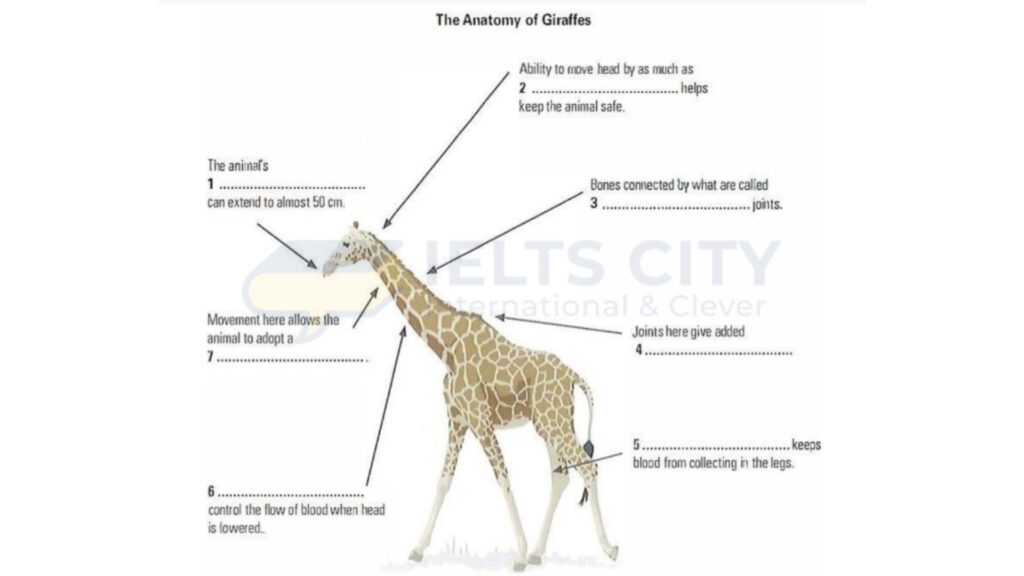
Kiến thức cần nắm:
Đáp án kèm phân tích
1. tongue
- Giải thích: Câu hỏi nói về một bộ phận của con vật có thể vươn dài “gần 50 cm” (“almost 50 cm”). Bài đọc đề cập rằng hươu cao cổ có một công cụ khác để mở rộng tầm với là “lưỡi” (tongue), có thể vươn dài “tới 46 cm” (“as far as forty-six centimetres”). 46 cm chính là “gần 50 cm”.
- Vị trí và trích dẫn: Đoạn 1.”And the giraffe has yet another tool to expand its reach – its tongue can stretch as far as forty-six centimetres.”
2. 180 degrees
- Giải thích: Câu hỏi nói về khả năng cử động đầu bao nhiêu độ để giữ an toàn. Bài đọc giải thích rằng con vật dùng chiều cao để “để ý kẻ săn mồi” (lookout for predators) – đây chính là “giữ an toàn” (keep safe) – và nó có thể di chuyển đầu “180 độ” để nhìn phía sau.
- Vị trí và trích dẫn: Đoạn 1.”…it can move its head through 180 degrees in order to see what is behind it.”
3. ball-and-socket
- Giải thích: Câu hỏi nói về các xương được kết nối bởi loại khớp (joints) gì. Bài đọc mô tả các xương ở cổ (cervical vertebrae) và nói rằng chúng được “nối với nhau bằng cái được biết đến là khớp cầu-ổ cắm” (ball-and-socket joints).
- Vị trí và trích dẫn: Đoạn 2.”…and these are joined together by what are known as ball-and-socket joints…”
4. flexibility
- Giải thích: Câu hỏi chỉ vào khu vực nối cổ và lưng, hỏi các khớp ở đây cung cấp thêm điều gì. Bài đọc nói về các đốt sống ngực (thoracic vertebrae) ở khu vực này, chúng có cùng loại khớp và điều này mang lại cho hươu cao cổ “sự linh hoạt tuyệt vời” (great flexibility).
- Vị trí và trích dẫn: Đoạn 2.”These have the same type of joints as the cervical vertebrae, which gives the giraffe great flexibility…”
5. tight skin
- Giải thích: Câu hỏi chỉ vào chân và hỏi cái gì giữ cho máu không bị dồn (collecting) ở chân. Bài đọc giải thích rằng hươu cao cổ có “da căng” (tight skin) ở chân, thứ “ngăn máu dồn lại” (prevents blood from pooling) ở các chi. “Pooling” đồng nghĩa với “collecting”.
- Vị trí và trích dẫn: Đoạn 3.”The giraffe also has… tight skin, especially around the legs, which prevents blood from pooling in the limbs.”
6. one-way valves
- Giải thích: Câu hỏi nói về việc kiểm soát dòng máu khi đầu cúi xuống. Bài đọc giải thích rằng khi hươu cao cổ cúi đầu (bend their heads), một lượng máu lớn có thể gây chết người không xảy ra là nhờ có “các van một chiều” (one-way valves) ngăn máu chảy quá nhanh.
- Vị trí và trích dẫn: Đoạn 4.”This doesn’t happen because of one-way valves that stop excess blood from flowing too quickly down their necks to their heads.”
7. standing position
- Giải thích: Câu hỏi nói về cử động của cổ (được chỉ bằng mũi tên) cho phép con vật có được một “…” gì đó. Bài đọc môW tả con vật “quăng cổ tới lui” (tosses its neck to and fro) để giúp nó “vươn lên tư thế đứng” (rise to a standing position). “Adopt a…” (có được một…) tương ứng với “rise to a…”.
- Vị trí và trích dẫn: Đoạn 5.”The giraffe also tosses its neck to and fro to help it rise to a standing position on its spindly legs.”
Cập nhật đề thi thật mới nhất tại:



